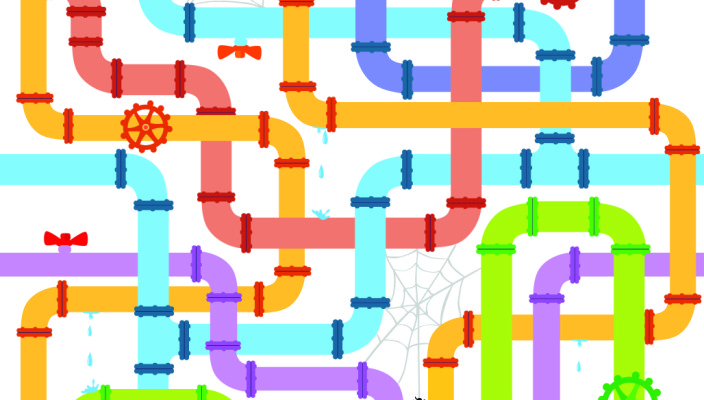Field Service Gamification: Work hard together, play harder together
May 06, 2014 • Features • Management • Gamification • management • click software • Gil Bouhnick
Click Software's Gil Bouhnick, Vice President of Mobility looks at how how companies can use gamification in their organisations to improve efficiency....
Gaming has become a core part of our daily lives. Whether we’re sitting at home playing Candy Crush or trying to break that unbeatable Flappy Bird record on the way to work, people from all walks of life are beginning to play more games, ever more frequently. All you need to do is sit on a train and see men in suits, parents after the school run, teenagers, or people just enjoying a day of leisure – most of them will have a gaming app on their phone, and more often than not, will play it on a regular basis.
We work best when we are happy, and so smart companies are looking into how they can use the surge in popularity of both games and the smartphones they are played upon. Is there some way you can blend the two to make work that little bit easier? The answer is absolutely.
Gamification is a term that has been around for a while, but now we are really seeing it adopted by companies of all varieties for things such as helping them increase employee collaboration and motivation, to providing training and supporting change management. Essentially all the tasks that you know you have to do, but don’t always enjoy doing can have an amount of gamification woven into them. And in a way, this can be turned into a reward for employees who do these tasks on time and accurately. A small badge here, an unlockable picture there, small tokens that can make staff feel better for doing the administration.
Engaging employees of all levels and functions is a notoriously difficult thing to do, especially when it comes to adopting new processes. It often happens that employees are resistant to changes because they can’t understand the new processes nor do they see any personal benefit in adopting them. But having an engaged and motivated workforce is a crucial ingredient to a successful company, even more so when that company has a dispersed workforce.
In businesses where there is a core back office function and then a field team carrying out the tasks, it’s very easy to become split between these two fault lines. Unifying them and making sure they are all following the same procedures can be much more difficult than a business that is self-contained or less diversified in the roles and responsibilities of the staff.
Yet tapping into a common ground can be a great way of bringing a company together. This is where it’s hoped gamification will come into its own. Think about some of the tasks you need to do as part of your job – timesheets, expenses, logging tasks. It can be pretty boring stuff. But what if you livened it up a little bit and made it more compelling by adding a competitive element to what you are doing? And if you made your employee feel appreciated for doing such tasks?
We have begun to see businesses doing just that. Company-wide league tables charting who is best at one task, or which division is doing something better or faster than another. A little healthy competition goes a long way to bringing people together.
You can also apply this to customer service too. If the end customer has the option to directly feedback via a smart device, then suddenly it is even more critical for the technician, engineer, or salesman to make sure they do the best job possible. It provides a way to show how well they are doing by comparing the best in your company with each other and it also allows companies to reward their top employees for their outstanding results. It’s like the old sales charts companies used to have where at the end of the month, a salesman of the month would be announced. The concept is exactly the same, just digitising it and making it something that people from across the business can take part in.
At the foundation of any good gamification model is the goal to reward staff. This doesn’t necessarily mean holidays abroad, mountains of cash etc., it’s more about appreciation that they are doing a good job and are recognised across the business as such. A good gamification model should be easy to embrace. The moment it becomes as complicated as the tasks it’s trying to replace, then you’ve lost sight of the reason of employing it.
Make it simple. Make it compelling. And make it as fun as possible. If you stick by these rules, then you should begin to reap the benefits pretty quickly. Benefits, such as a more engaged workforce, more accurate reporting and completion of administrative tasks, and ultimately a better customer experience. We are still in the early days of companies adopting true gamification policies, but with no end in sight for the adoption of smartphones, the technology is finding its way into more people’s hands, and that’s an opportunity businesses should be seriously considering in the years to come.




















 Field Service News is published by 1927 Media Ltd, an independent publisher whose sole focus is on the field service sector. As such our entire resources are focused on helping drive the field service sector forwards and aiming to best serve our industry through honest, incisive and innovative media coverage of the global field service sector.
Field Service News is published by 1927 Media Ltd, an independent publisher whose sole focus is on the field service sector. As such our entire resources are focused on helping drive the field service sector forwards and aiming to best serve our industry through honest, incisive and innovative media coverage of the global field service sector.
Leave a Reply